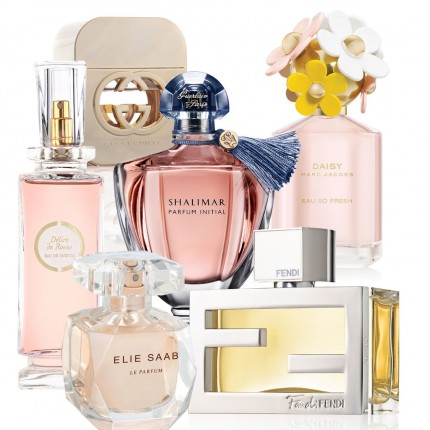An example of naming trends in the perfume industry is the use of colors that identify a new fragrance. Noir or Black, Blue or Blu, Gris or Grey, and then Pink, White, Red, Green always preceded by the brand or the designer’s name and sometimes followed by an adjective or a name that recalls an image or a symbol (Free blue, Red Door) or that strengthens the color (Noir de Noir).
Choosing the name of a color projects the olfactive families into some chromatic families and vice versa as in a synesthesia. A “green smell” doesn’t exist in the sensory world but it does in a poetic and imaginative one. It is a combination of freshness, herbs, youth and energy. A whole semantic universe opens wide in front of the green color but also the blue one (sea, peace, depth, intimacy but also freshness), the black one (our dark side and sensuality) and the red one (who doesn’t think of an overwhelming passion?).
Brands and designers challenge one another to find colors variations to identify their own fragrances. But what is the difference between Pink Bouquet by Moschino and Truly Pink by Vera Wang and from Dream of Pink, Joy of Pink, Love of Pink and Touch of Pink by Lacoste? Maybe Ultrapink (Miracle) by Lancome can make the difference? No need to remember that some use Pink as a naming strategy: Victoria’s Secret launched the perfume called Pink in 2001 and then: Pink Beach, Pretty in Pink, Isle of Pink, Back to Pink, Life is Pink, Merry Merry Pink, Give a Little Pink, More Pink Please, Pink all my heart. Femininity at the Pinkth power!
